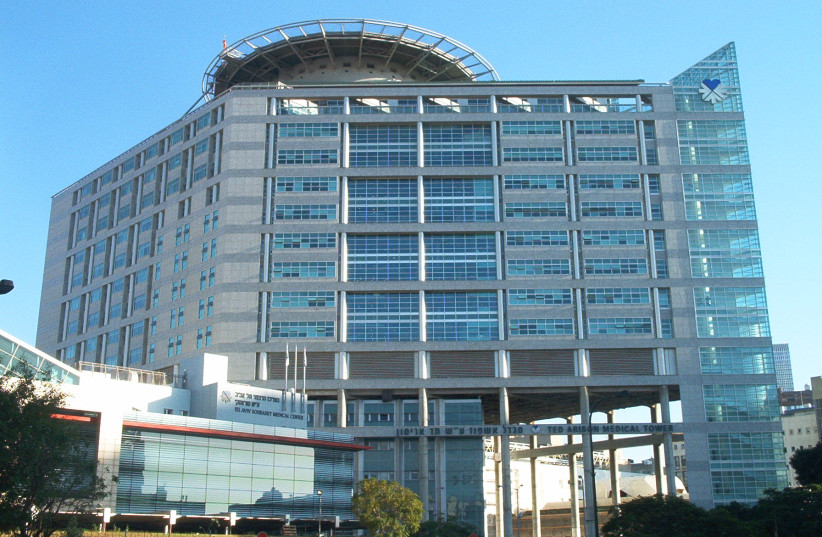Congenital disorders
Ninth grader saved from blindness at Sourasky
Eyal Mordechai Ben-Hamu, a 15-year-old pupil in eighth grade underwent a routine eye examination at his school before classes ended in June. A few days later, the school examiner called his parents to inform them that vision in his left eye was not normal and that he was on the verge of blindness.
His mother Riki recalled that she was very surprised to hear the news. “Eyal never complained about vision problems, and this was new for him too.”
The worried parents immediately turned to Dr. Shulamit Schwartz, the director of the advanced technologies unit for retina surgery in the ophthalmology department at Tel Aviv Sourasky Medical Center. After a series of tests, Eyal was diagnosed with a hole in the optic nerve (optic pit maculopathy or optic disc pit maculopathy, ODP) that caused spinal fluid to pass into and under the retina.
ODP is defined by the concentration of intraretinal and subretinal fluid at the area of macula – the round area at the center of the retina at the back of the eyeball that is vital for vision. Despite the advances in the imaging of the fundus, the origin of the fluid remains unknown and the exact pathogenesis of the maculopathy is not fully understood, but it is believed to arise from the failure of fetal fissure closure in embryogenesis.
Schwartz explained that “with more fluid accumulating in and under the retina over time, the visual function decreases, and in 80% of cases. it leads to blindness. This is a congenital, non-hereditary disease, with a prevalence of one in 10,000, and usually the damage will be in one eye only.”
Complex retinal surgery
To cure Eyal’s problem and prevent the deterioration in his eye, he had to undergo a complex and challenging operation. “I chose retinal surgery using a special technique that was specifically adapted to the findings of our examination of his eye,” said Schwartz.
“In the surgery, a ‘plug’ of an inner retinal layer was inserted that was brought to the spot to close the hole without the possibility of additional fluid passing into the retina.”
The surgery was a great success, and this week, Eyal returned for a check-up here at the eye clinic. Schwartz saw that all the fluid in and under the retina had been absorbed and that Eyal could see perfectly.
“Vision-screening tests in the schools are carried out in the first and eighth grades to identify children with vision disorders as early as possible so they can get effective ophthalmological treatment to improve vision,” Schwartz stressed. “Luckily for Eyal, thanks to the vision test he had at school, we were able to save his vision from irreversible damage.”
“I did the test at school like everyone else and I didn’t think there was a problem at all. I could see well and felt good. I’ve had an anxious time since then, but fortunately, everything is behind me and I’m starting the 9th grade with excellent eyesight and already dreaming of significant military service with a high profile.”

